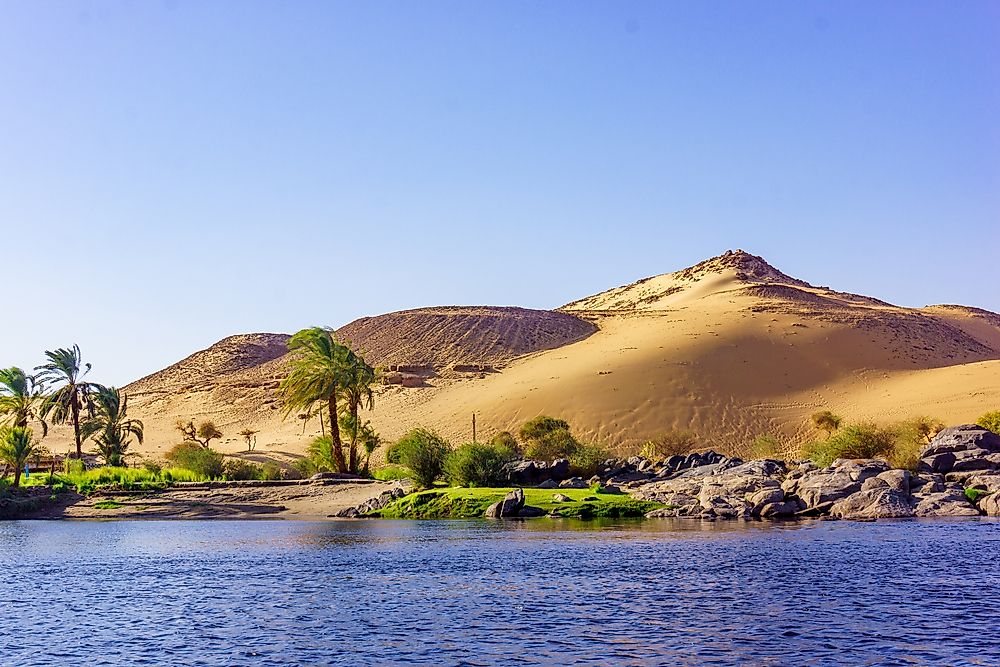What Is An Exotic River, And Why Are They So Important?

An exotic river starts out from a humid region and flows into a dry region.
A river flowing through a desert can be considered exotic due to its existence in an otherwise arid region. It stands out from the rest of the landscape.
Examples of Exotic Rivers
Human civilizations have often formed along a water source. In the case of humans dwelling in deserts, a source of water is even more crucial. Deserts by their very nature are regions where water is scarce.
The Nile is an example of an exotic river. Its headwaters begin in the humid highlands. of East Africa. This river flows through the deserts of Sudan and Egypt before emptying in the Mediterranean Sea. Dating back thousands of years, Egyptians have settled along the Nile River. Human beings settled along the river. The Nile River was a major source of water, irrigation for crops, as well as a major source of transportation.
The Nile River is not the only example of an exotic river. The Colorado River originates in Colorado's Rocky Mountains. Its headwaters are the result of snowfall in the mountains. The river meanders through the states of Colorado, Utah, Arizona, Nevada, and California. This river serves as a source of hydroelectric power, in addition to being a source of water for consumption and irrigation in a dry region.
The Importance of Rivers
On a spatial perspective, consider the nation of Egypt. The population density of Egypt is 90 persons per square kilometre (234 persons per square mile). The vast majority of Egypt's population resides along the Nile River and its delta. The population density along the Nile River varies between 1,000 persons per square kilometre and 100,000 persons per square kilometre. This is the value an exotic river can have. Often, it is the only major source of water for a large population.











